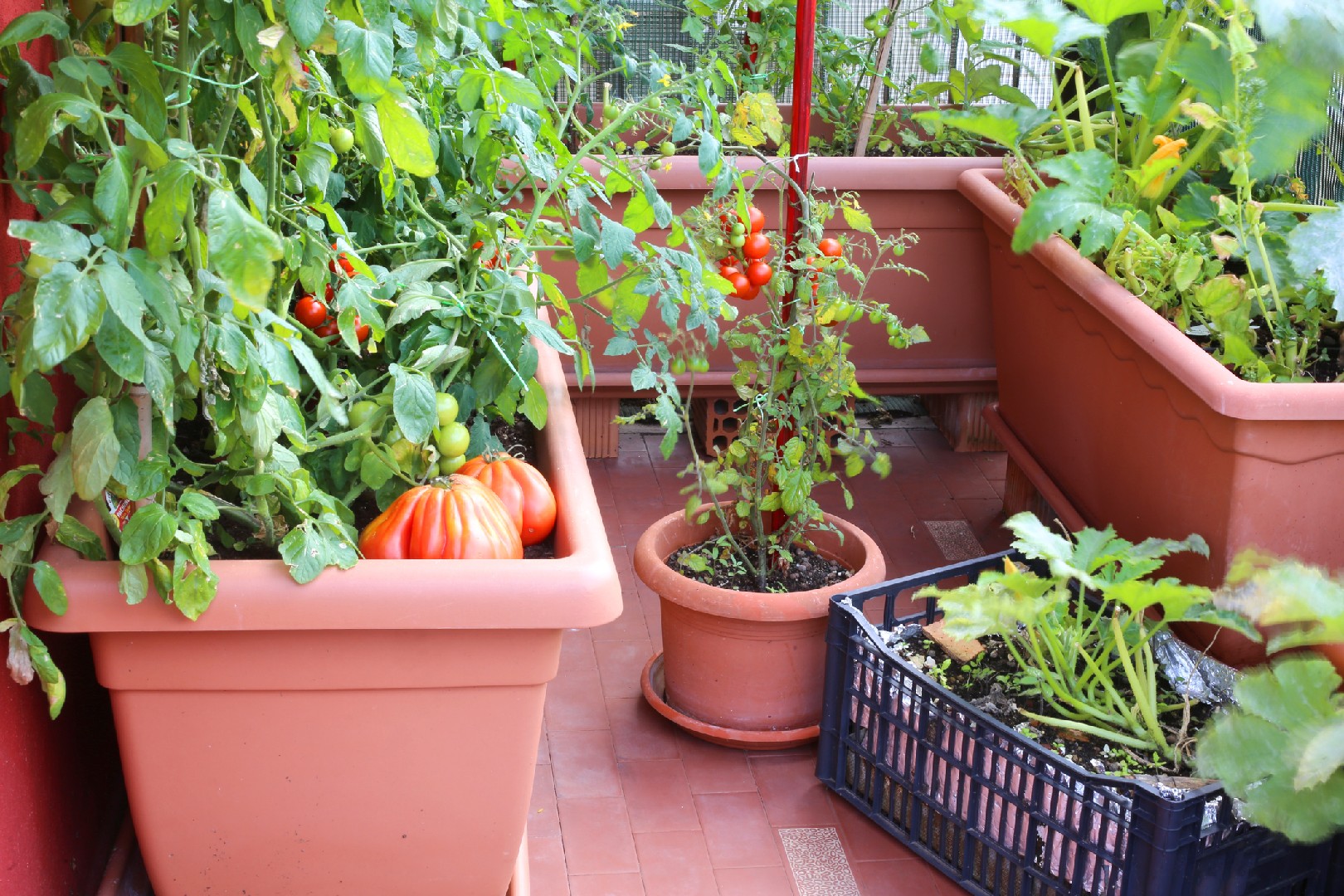![Rectangle]()
Essential Care & Maintenance
Taking care of your container vegetable garden is essential to ensure its success and thriving growth. By following key practices for watering, feeding, and pruning, you can provide your plants with the necessary care they need to flourish.
Watering is a crucial aspect of container gardening. As the soil in containers tends to dry out more quickly than in-ground gardens, it's important to monitor the moisture levels regularly. Check the top inch of soil and water whenever it feels dry to the touch. Avoid overwatering, as it can lead to root rot and other issues. Instead, aim for consistent but moderate moisture levels that suit the specific needs of your plants.
Feeding your container plants is equally important. While the potting soil provides some nutrients, they can become depleted over time. To keep your plants healthy and productive, it is recommended to fertilize them regularly. Choose a balanced, slow-release fertilizer or use organic alternatives for a more sustainable approach. Apply the fertilizer as directed on the packaging, adjusting the frequency based on the individual needs of your plants.
Pruning is another crucial aspect of maintaining your container garden. Regular pruning helps control the size and shape of your plants, encourages the growth of new shoots, and prevents overcrowding. Use clean and sharp pruning shears to remove any dead or damaged leaves, stems, or branches. This will not only improve the appearance of your garden but also prevent the spread of diseases.
While caring for your container garden, it is important to keep an eye out for common pests and diseases. Aphids, spider mites, and caterpillars can often infest vegetable plants. Regularly inspect your plants for any signs of infestation, such as discolored leaves, holes, or webs. If you notice any pests, try using natural remedies like neem oil or insecticidal soap to control the infestation.
Another important aspect of care and maintenance is ensuring that your container vegetable garden receives enough sunlight. Most vegetables require at least six hours of direct sunlight per day. However, depending on your location and the specific requirements of your plants, some may need more or less sunlight. Monitor the light conditions in your garden and make any necessary adjustments to ensure your plants receive adequate sunlight.
By following these essential care and maintenance practices, you can create a thriving container vegetable garden. Remember to water your plants consistently, feed them with appropriate fertilizer, and prune them regularly. Keep an eye out for pests and diseases, and take measures to control them if necessary. Lastly, ensure that your plants receive sufficient sunlight for their growth. With proper care and attention, your container garden will reward you with a bountiful harvest and a delightful gardening experience.





